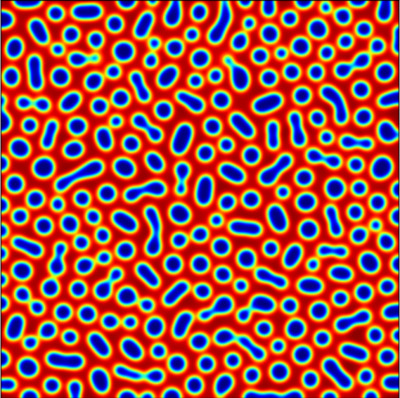Computer-assisted bifurcation diagram validation and applications in materials science
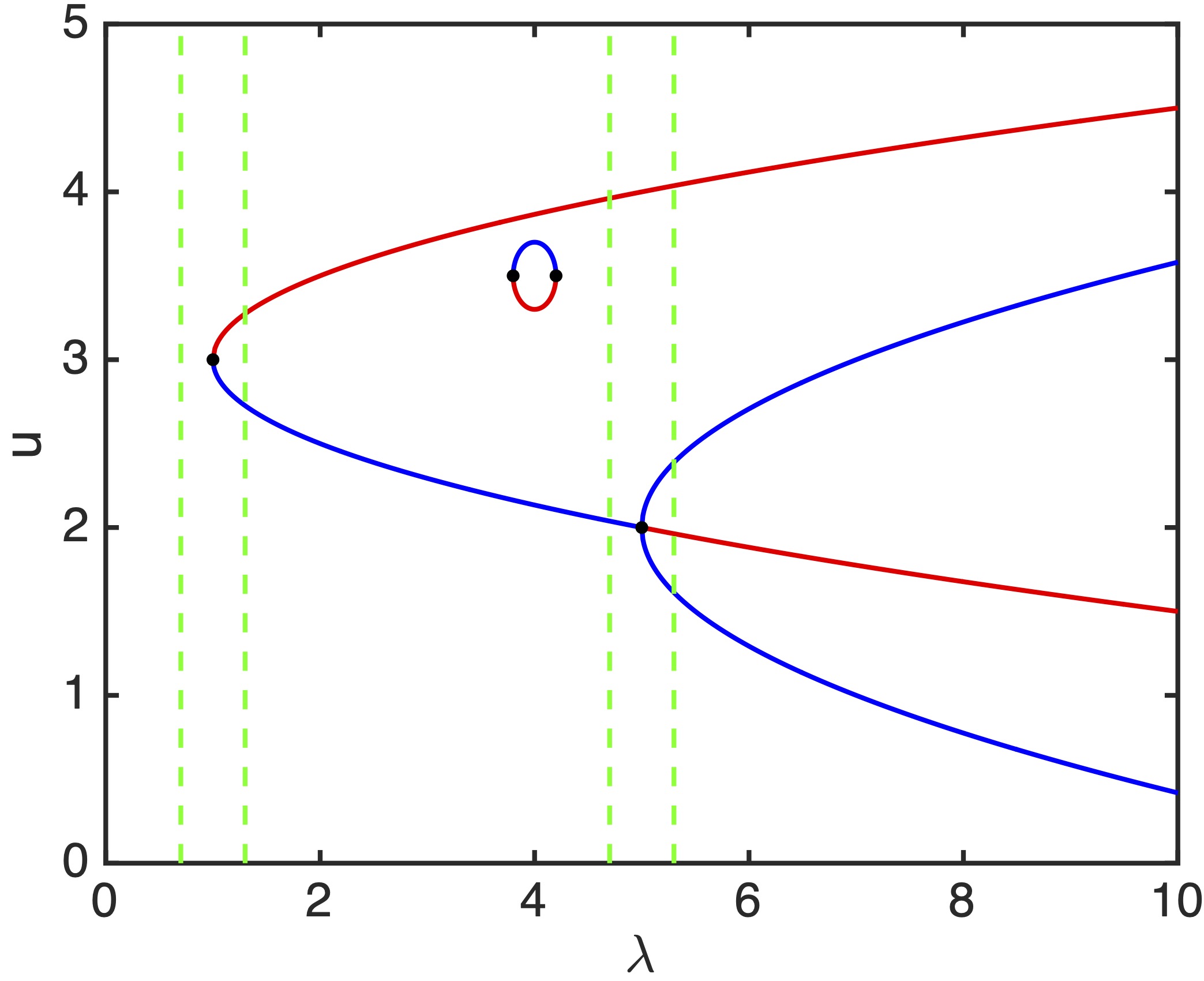
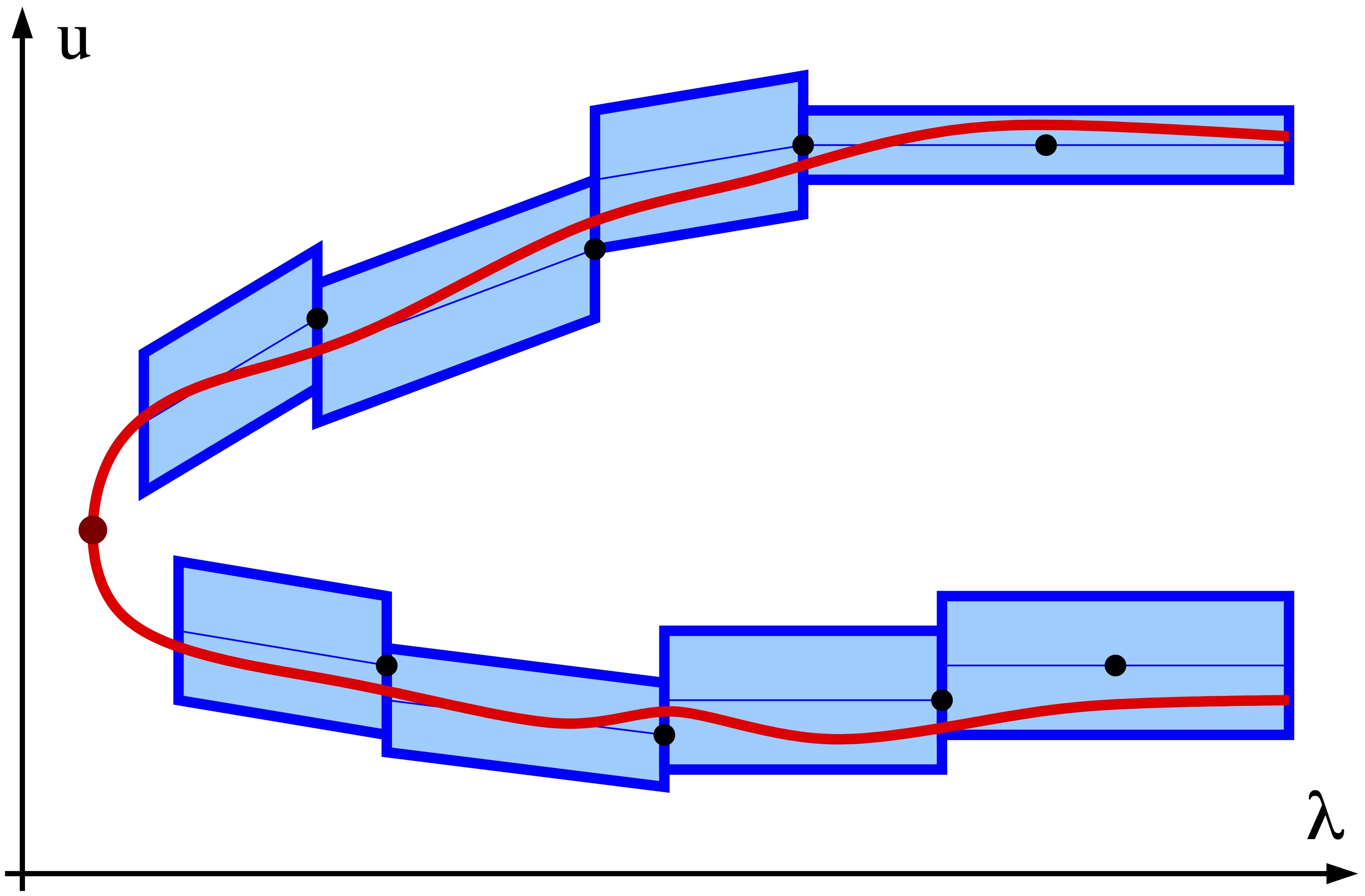
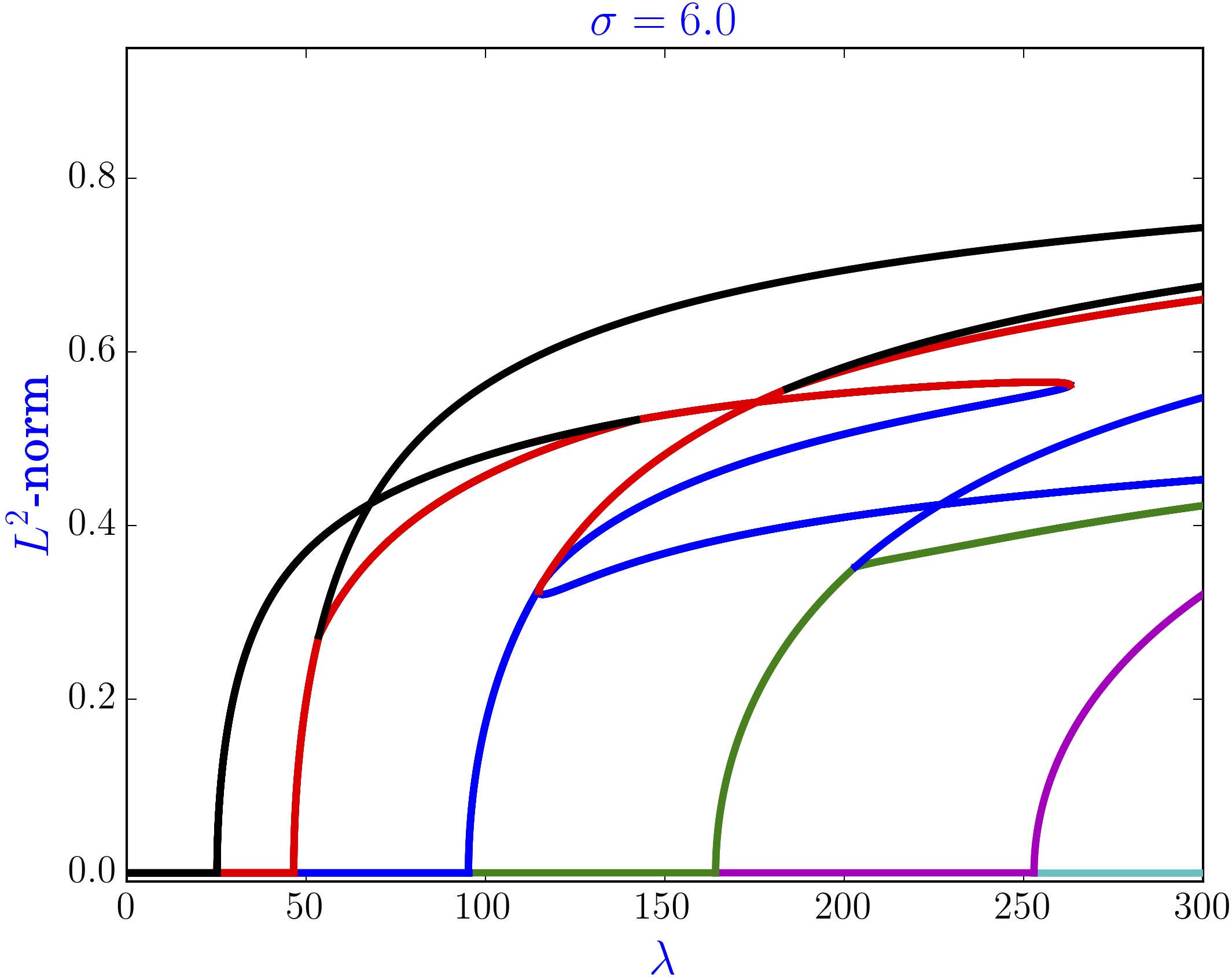
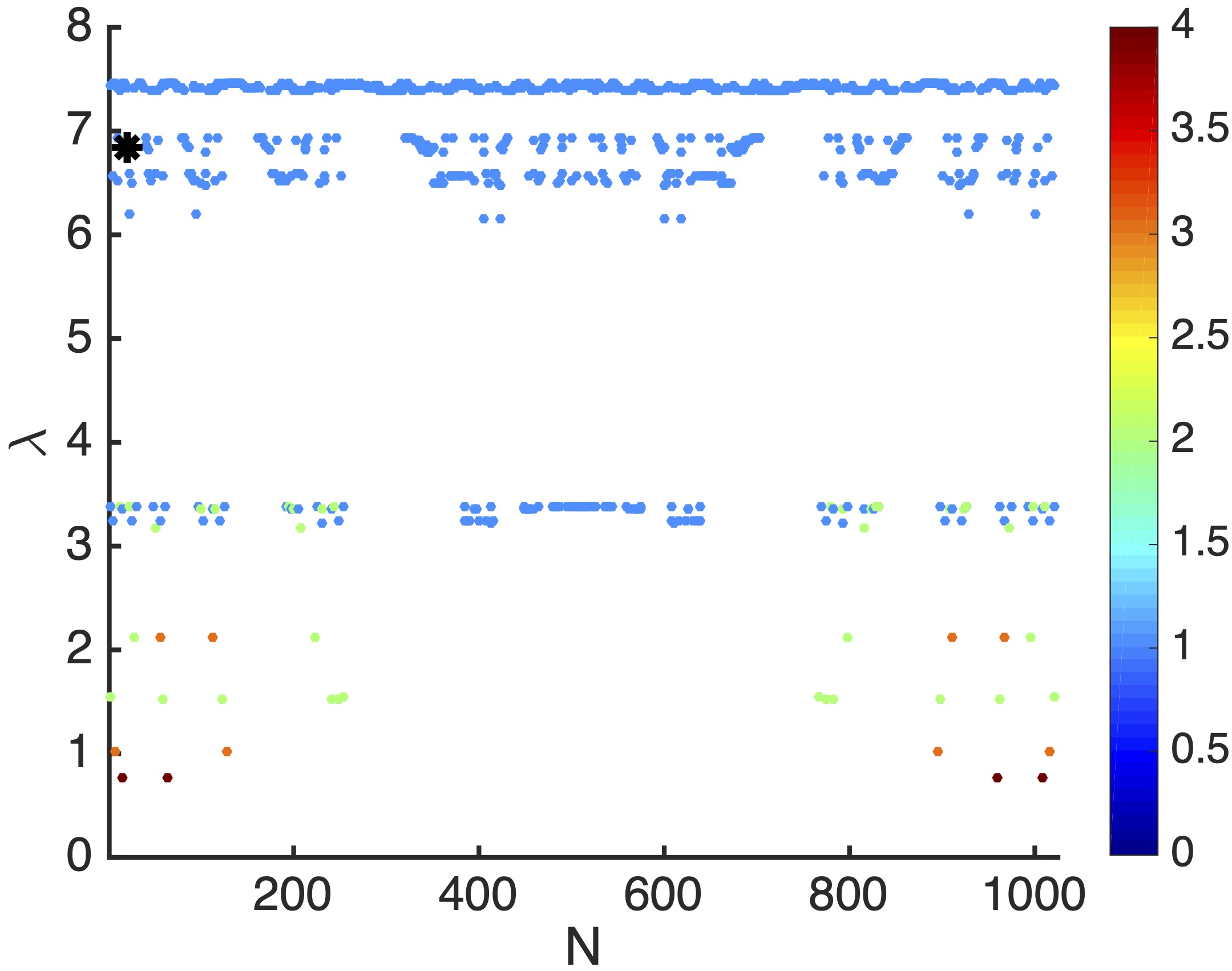
- Thomas Wanner:
Computer-assisted bifurcation diagram validation and applications in materials science
Proceedings of Symposia in Applied Mathematics 74, pp. 123-174, 2018.
Abstract
Most differential equation models in the applied sciences involve parameters which often cannot be determined with absolute certainty. It is therefore important to study such models for whole parameter ranges, and in particular, to detect parameter values at which the system behavior changes qualitatively. A first step towards accomplishing this goal has to be the understanding of the set of equilibria or stationary solutions of the model. In this lecture, we demonstrate how rigorous computational techniques can be used to validate bifurcation diagrams, both in finite- and certain infinite-dimensional problems. We focus particularly on the verification of branches, as well as on saddle-node and symmetry-breaking pitchfork bifurcations. Throughout, our approach will be applied to two examples from materials science. On the one hand, we consider lattice dynamical systems, specifically the discrete Allen-Cahn equation. Such systems have been proposed as more realistic models due to the existing underlying discreteness, and unlike their continuum counterparts, lattice models can account for phenomena such as pinning. As our second example, we consider the diblock copolymer model, which models microphase separation.
Links
The published version of the paper can be found at https://doi.org/10.1090/psapm/074/00638. It is a chapter of a book on Rigorous Numerics in Dynamics, which can be found at https://doi.org/10.1090/psapm/074, and which is based on an AMS Short Course on the same topic. My original lecture notes for this short course form the basis for the above paper, and they can be downloaded here.
Bibtex
@article{wanner:18a,
author = {Thomas Wanner},
title = {Computer-assisted bifurcation diagram validation and applications
in materials science},
journal = {Proceedings of Symposia in Applied Mathematics},
volume = 74,
year = 2018,
pages = {123--174},
doi = {10.1090/psapm/074/00638}
}
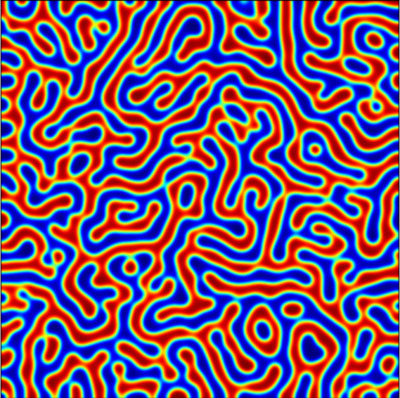
 orcid.org/0000-0003-3294-0366
orcid.org/0000-0003-3294-0366